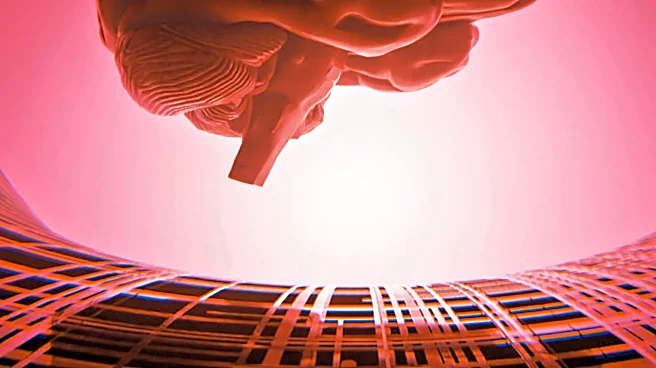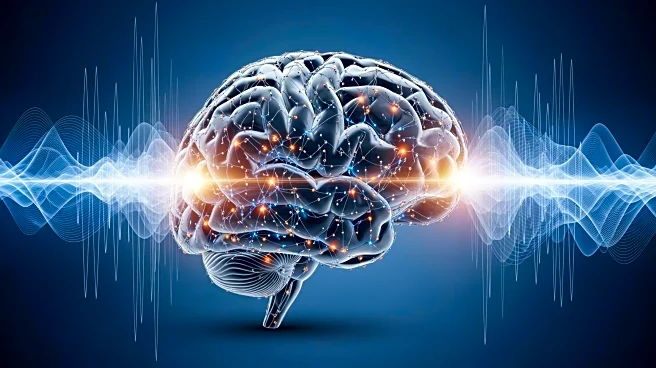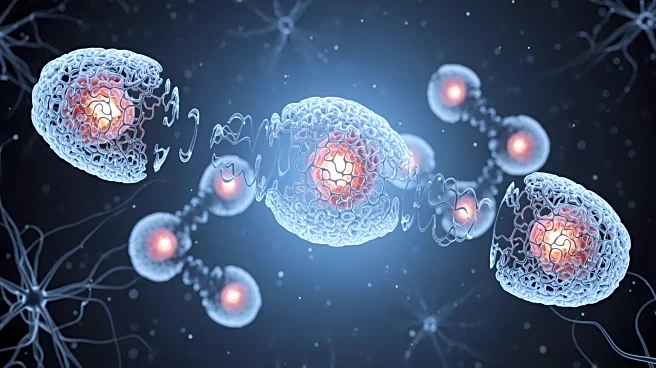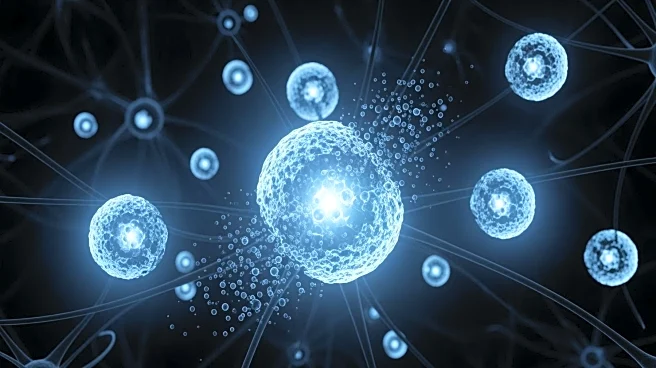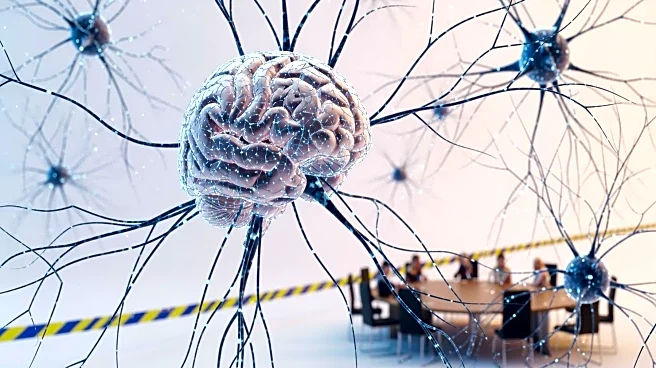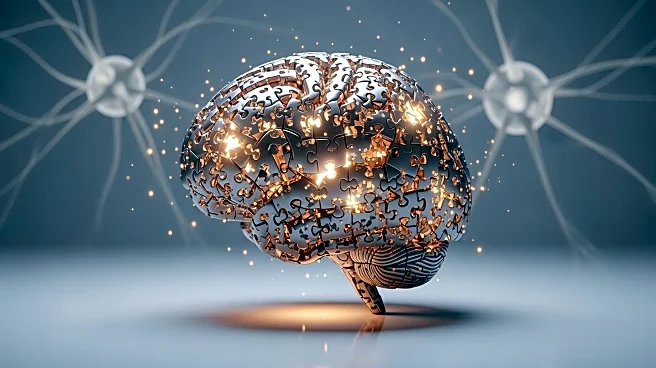What's Happening?
Recent advancements in neuroimaging techniques have provided new insights into the neural processes involved in complex motor tasks, particularly in Parkinson's disease. A study focused on cortico-subthalamic
dynamics during turning maneuvers in Parkinson's patients has identified phase-specific biomarkers that characterize turning-induced freezing of gait (FOG). The research highlights significant changes in local activity and inter-regional coherence, particularly in the premotor cortex (PMC) and motor cortex (M1). These findings suggest that alterations in alpha power and coherence patterns are predictive of freezing duration, offering potential targets for intervention. The study also emphasizes the role of dopaminergic medication in improving motor performance by partially rectifying these neural abnormalities.
Why It's Important?
Understanding the neural mechanisms underlying motor challenges in Parkinson's disease is crucial for developing effective treatments. The identification of phase-specific biomarkers provides a structured framework for targeting interventions aimed at mitigating FOG episodes. This research underscores the importance of precise spatiotemporal coordination and cognitive control in motor tasks, which are often impaired in Parkinson's patients. By highlighting the potential of dopaminergic medication to restore normal neural oscillatory patterns, the study offers hope for improving the quality of life for those affected by Parkinson's disease. Additionally, the findings may guide future therapeutic strategies, including neuromodulation approaches, to address the complex neural dysfunctions associated with FOG.
What's Next?
The study suggests that further research with larger cohorts is needed to validate and extend these findings. Future investigations may focus on standardizing electrode placement or utilizing advanced neuroimaging techniques to enhance data consistency and reliability. Additionally, exploring other neuromodulatory systems, such as the noradrenergic system, could provide a more comprehensive understanding of freezing pathophysiology. The development of targeted neuromodulation treatments that address the residual abnormalities in neural patterns could significantly improve therapeutic outcomes for Parkinson's patients.
Beyond the Headlines
The study's approach to segmenting the turning maneuver into discrete phases offers a novel perspective on the dynamic evolution of neural activity. This segmentation enhances the sensitivity of analyses to detect subtle abnormalities and provides a window into the pathophysiology of freezing. The research highlights the potential of alpha power reduction as an early indicator of motor preparation dysfunction, suggesting a shift in focus from execution failure to impaired anticipatory motor control. These insights could lead to more effective early detection and intervention strategies for freezing episodes.


